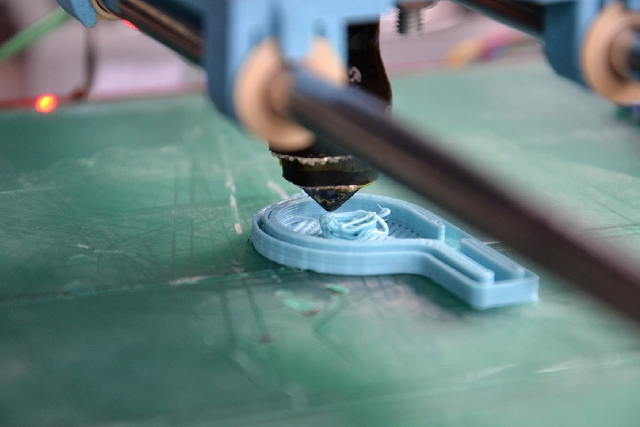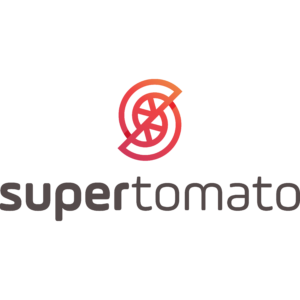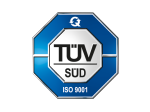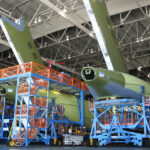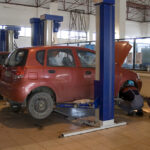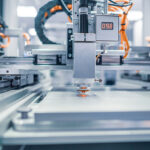In the dynamic landscape of product development, prototyping serves as a crucial stage in the journey from concept to market-ready product. Traditionally, prototyping has been a time-consuming and costly endeavour, often involving intricate machining processes and manual labour.
However, the advent of 3D printing technology has revolutionized prototyping, offering unparalleled advantages in terms of speed, cost-effectiveness, and design flexibility. This article delves into the myriad benefits of 3D printing for prototyping and explores how businesses can leverage this innovative technology to accelerate innovation and drive success.
Understanding 3D Printing
3D printing, also known as additive manufacturing, is a process of creating three-dimensional objects layer by layer from digital design files. Unlike traditional subtractive manufacturing methods that involve cutting away material from a solid block, 3D printing builds objects layer by layer, allowing for intricate geometries and complex designs to be realized with ease.
Benefits of 3D Printing for Prototyping
1. Speed and Efficiency
One of the most significant advantages of 3D printing for prototyping is its speed and efficiency. Unlike traditional prototyping methods that require manual setup and machining, 3D printing allows for rapid iteration and on-demand production of prototypes.
With 3D printing, prototypes can be produced in hours or days, significantly reducing lead times and accelerating the product development cycle. This rapid turnaround enables designers to test multiple iterations quickly, leading to faster innovation and time-to-market.
2. Cost-Effectiveness
3D printing offers cost-effective solutions for prototyping, especially for small-batch production runs or custom designs. Unlike traditional manufacturing methods that incur high setup costs and material wastage, 3D printing allows for the production of prototypes with minimal material waste and tooling expenses.
Additionally, the ability to produce prototypes in-house further reduces outsourcing costs and overhead expenses.
3. Design Flexibility and Complexity
3D printing unlocks unparalleled design freedom and flexibility, enabling designers to create complex geometries and intricate features that would be challenging or impossible to achieve using traditional methods.
With 3D printing, designers can explore new design concepts, iterate on ideas, and optimize product performance without the constraints of traditional manufacturing processes. This design flexibility allows for innovation and creativity to flourish, leading to breakthroughs in product design and functionality.
4. Customization and Personalization
3D printing enables customization and personalization of prototypes to meet specific user requirements or market demands. Whether it’s adjusting dimensions, incorporating unique features, or tailoring designs to individual preferences, 3D printing allows for highly customized prototypes to be produced with ease.
This ability to create bespoke prototypes opens up new opportunities for businesses to cater to niche markets, address customer needs, and differentiate their products from competitors. From personalized medical devices to customized consumer products, 3D printing empowers businesses to deliver tailor-made solutions to their target audience.
5. Iterative Design and Rapid Prototyping
Iterative design is a key aspect of the product development process, allowing designers to refine and improve prototypes through successive cycles of testing and feedback. 3D printing facilitates rapid prototyping and iteration by enabling quick turnaround times and low-cost production of prototypes.
By producing functional prototypes early in the design process, designers can identify and address potential issues, validate design concepts, and gather user feedback before committing to full-scale production. This iterative approach minimizes risks and uncertainties, leading to more robust and market-ready products.
Applications Across Industries
1. Medical and Healthcare
The medical and healthcare industries utilize 3D printing for prototyping patient-specific anatomical models, surgical guides, prosthetics, and medical devices. Customized prototypes enable surgeons to plan and practice complex procedures, leading to improved surgical outcomes and patient care.
2. Automotive and Aerospace
In the automotive and aerospace sectors, 3D printing is employed for prototyping vehicle components, engine parts, aircraft interiors, and prototype tooling. It enables engineers to reduce weight, optimize performance, and streamline production processes while maintaining stringent safety and quality standards.
3. Consumer Products and Electronics
Consumer product manufacturers leverage 3D printing for prototyping toys, gadgets, household appliances, and wearable devices. Rapid prototyping allows designers to bring new products to market quickly, respond to consumer feedback, and stay ahead of changing trends in the marketplace.
Conclusion
3D printing has emerged as a game-changer in the field of prototyping, offering unparalleled advantages in terms of speed, cost-effectiveness, design flexibility, and customization. By embracing 3D printing technology, businesses can accelerate innovation, streamline the product development process, and gain a competitive edge in today’s fast-paced market. From rapid iteration to personalized solutions, the benefits of 3D printing for prototyping are reshaping the way products are designed, tested, and brought to market. As the technology continues to evolve, the future of prototyping holds promise for even greater advancements and possibilities, driving innovation across industries.
Reach out to us at Monster Builder for quality 3D printing services in Singapore. We also offer CNC machining and sheet metal fabrication services.

